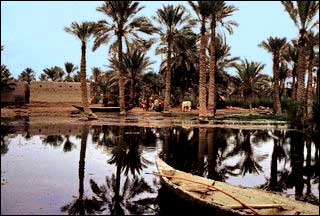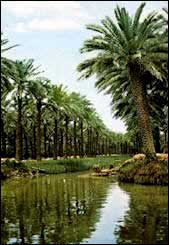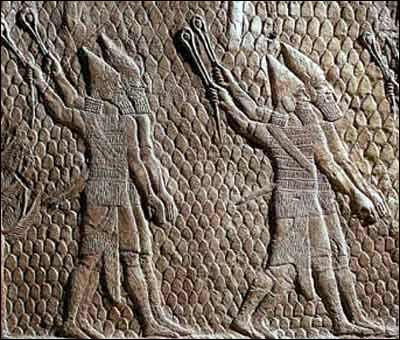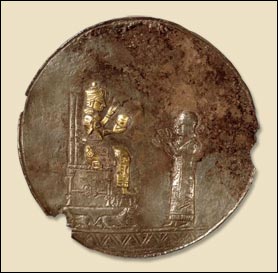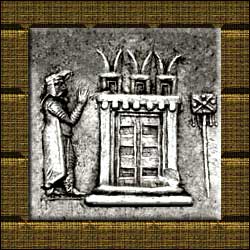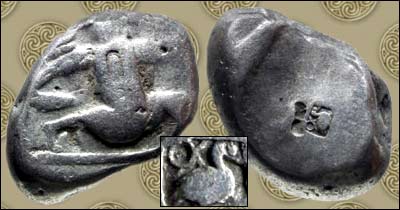For reasons unknown Cyrus spent a term in northwest Iran at the Median Court (Ecbatana of the Bible) before routing Media’s army, becoming himself a monarch and founder leading a new Achaemenid order. Herodotus describes Cyrus’ mother as Median. Once established he honourably treated the Medes, Zoroastraians as were his people, entrusting the royal archives to Ecbatana (modern Hamadan — Hâgmatâna, “a gathering place”) where his court spent its summers. He priviledged them, offering high positions: officials, satraps and generals. Its savant Magians Herodotus advanced as a Median tribe of hereditary priestly caste. Well-versed in astronomy Zoroastrian “fire-kindler” Magi created a religious centre at Rhagae, present day Tehran.  (Their symbol the barsom or sacred twigs bring Druids to mind.— see below) Media (page 1-2) formed a large satrapy of comparable importance with Bactria, Susiana and Babylonia. Placed between Elam and Armenia, this land advanced to the Black and Caspian seas, the Caucasus and the Persian Gulf, paying four-hundred and fifty talents in yearly tribute as the tenth satrapy. (Their symbol the barsom or sacred twigs bring Druids to mind.— see below) Media (page 1-2) formed a large satrapy of comparable importance with Bactria, Susiana and Babylonia. Placed between Elam and Armenia, this land advanced to the Black and Caspian seas, the Caucasus and the Persian Gulf, paying four-hundred and fifty talents in yearly tribute as the tenth satrapy.
Cyrus’ conquests included pristine Elam (Hatamti) though this ancient realm found itself diminished to the territory of Susiana hitherto merely its satellite whereas according to Sargon of Akkad, Elam once extended across the entire Persian plateau. It was separated from Sumer by vast swamps which extended high upstream, far more so than today.  Its ethnicity vanished during this historical period yet resurfaced later in history. Elamite yet remains illusive; a difficult language for researchers to grasp. With Persis (Fars region) of today’s southwest Iran it became a principal Achaemenid artery though Persis lodged the capitals: Pasargadae and Persepolis — the latter generally remaining without satraps though one was recorded in future under Darius III. Persepolis fortification tablets record Satrap Gobryas ruling Elam (521), partaking in Darius’ Scythian campaign (514 or 513), then returning to duty in Elam 498. Known as the eighth satrapy, Susiana with other areas of Cissia payed tribute reaching three hundred talents. Susa hosted the Achaemenid court as winter capital. Its ethnicity vanished during this historical period yet resurfaced later in history. Elamite yet remains illusive; a difficult language for researchers to grasp. With Persis (Fars region) of today’s southwest Iran it became a principal Achaemenid artery though Persis lodged the capitals: Pasargadae and Persepolis — the latter generally remaining without satraps though one was recorded in future under Darius III. Persepolis fortification tablets record Satrap Gobryas ruling Elam (521), partaking in Darius’ Scythian campaign (514 or 513), then returning to duty in Elam 498. Known as the eighth satrapy, Susiana with other areas of Cissia payed tribute reaching three hundred talents. Susa hosted the Achaemenid court as winter capital. |
